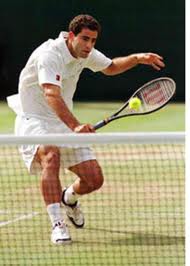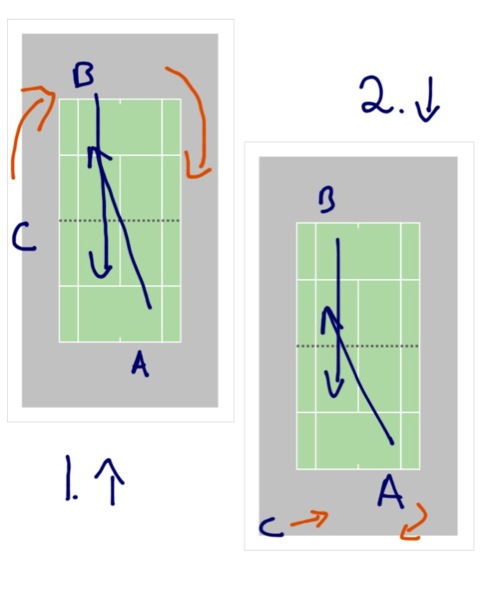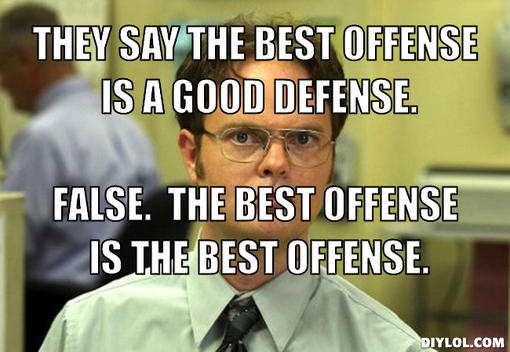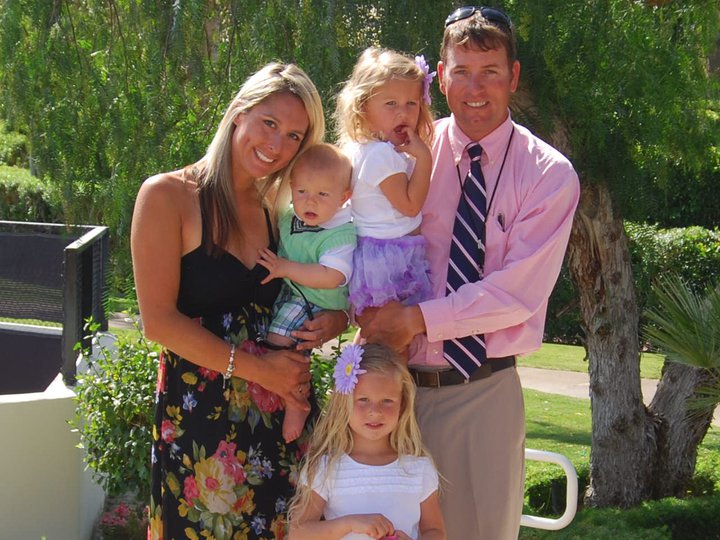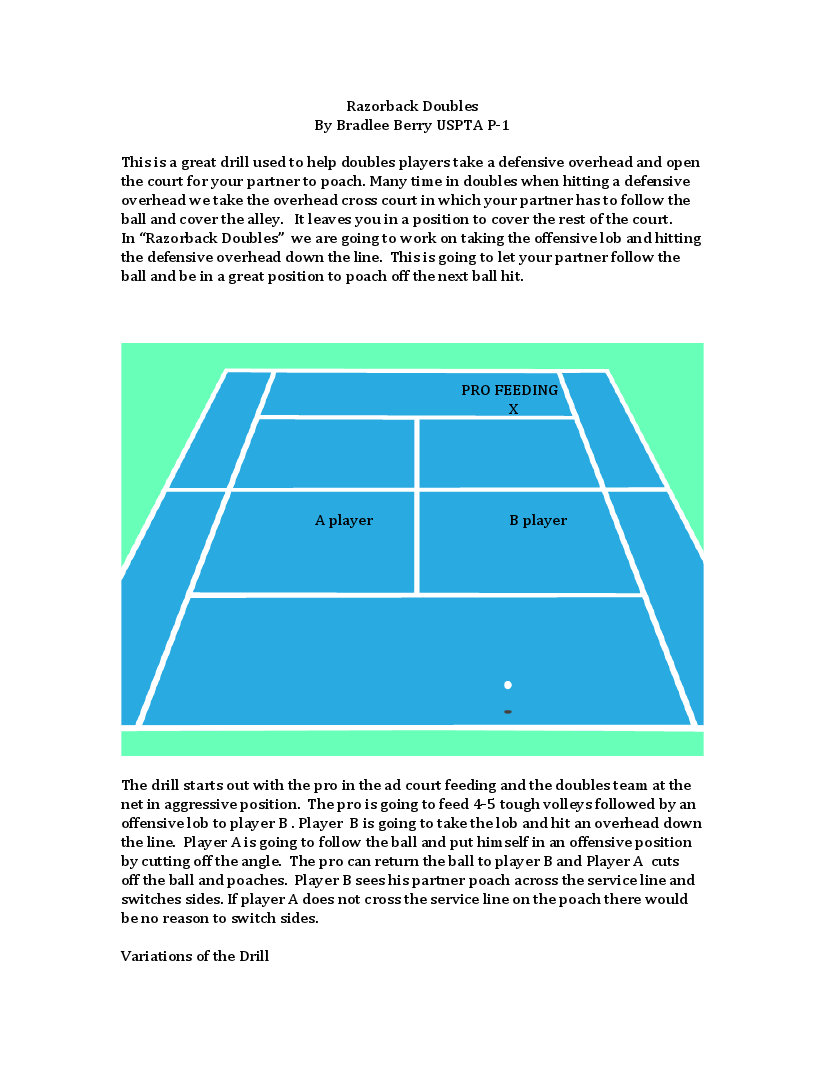Steal This Drill: Aggressive Movement Following Serve
 Wednesday, April 11, 2012 at 07:42AM
Wednesday, April 11, 2012 at 07:42AM  CAtennis
CAtennis 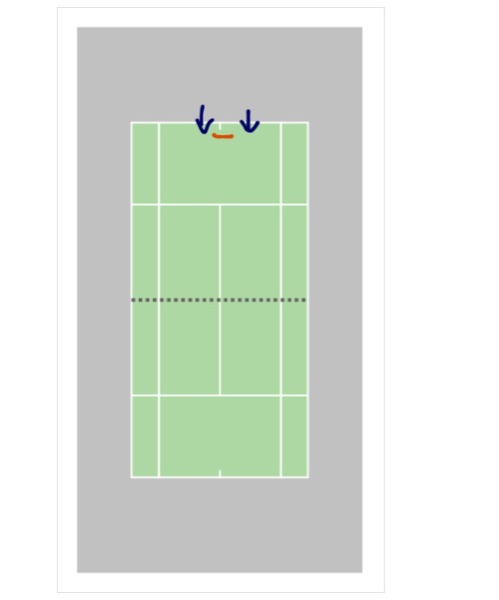 Have you ever hit a decent serve just to be caught flat-footed by an even better return from your opponent? If so, here is a simple drill to help you with your post-serving movement. One of the reasons why we are often caught unprepared following a serve is due to the way we practice serves: out of context. We move and work on our groundstrokes but serving is often done in a vacuum - that is, hitting basket(s) (plural - when the student is motivated) of serves at the end of the workout. This type of practice does not prepare us for the ball coming back to us after the delivery of the serve.
Have you ever hit a decent serve just to be caught flat-footed by an even better return from your opponent? If so, here is a simple drill to help you with your post-serving movement. One of the reasons why we are often caught unprepared following a serve is due to the way we practice serves: out of context. We move and work on our groundstrokes but serving is often done in a vacuum - that is, hitting basket(s) (plural - when the student is motivated) of serves at the end of the workout. This type of practice does not prepare us for the ball coming back to us after the delivery of the serve.
One way to practice is by playing points - however, merely playing points will not focus the workout for what we need most - quick, explosive steps. In the drill we are proposing, a line is marked 1-2ft inside of the baseline. After each serve, the player must step in, touch the line and immediately retreat behind the baseline. After warming up, the players play points where one person serves and must touch the line and the other returns. This drill forces the serving player to be aggressive with his serve (i.e. follow the ball in) and then immediately retract behind the baseline and rally. The returner is encouraged to hit aggressive returns deep into the middle of the court in order to jam the server. The players can then play out the point. This drill is also a good way to practice "faking" the serve-and-volley play (i.e. pretending to come in and tricking the opponent to hit a short ball which is then used as an approach shot).

